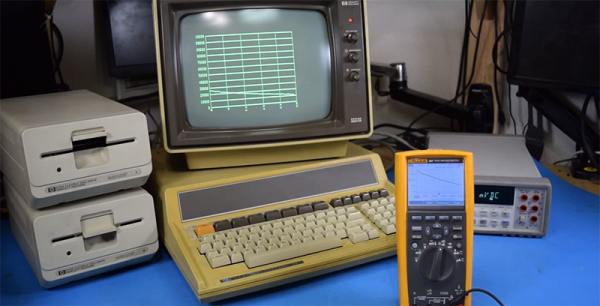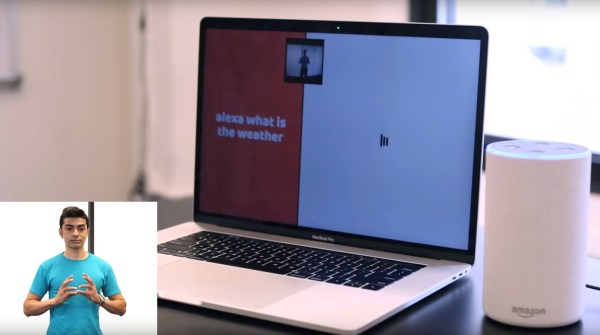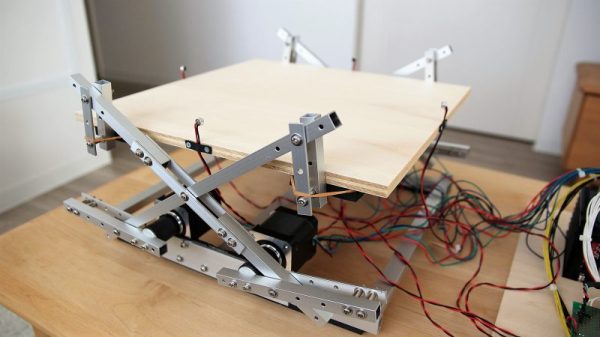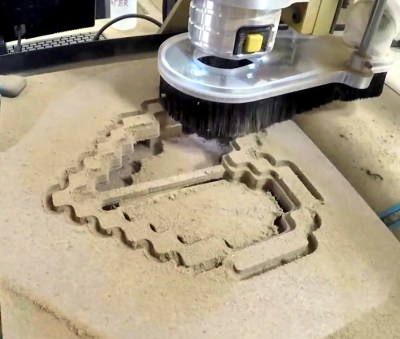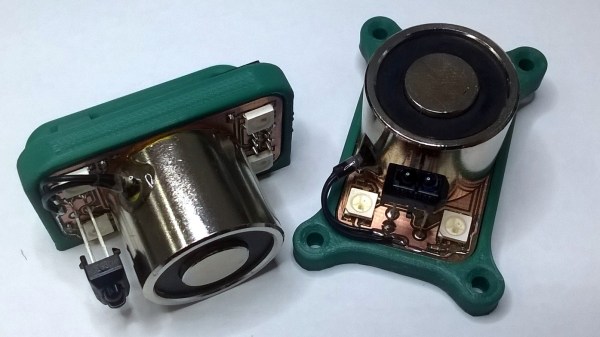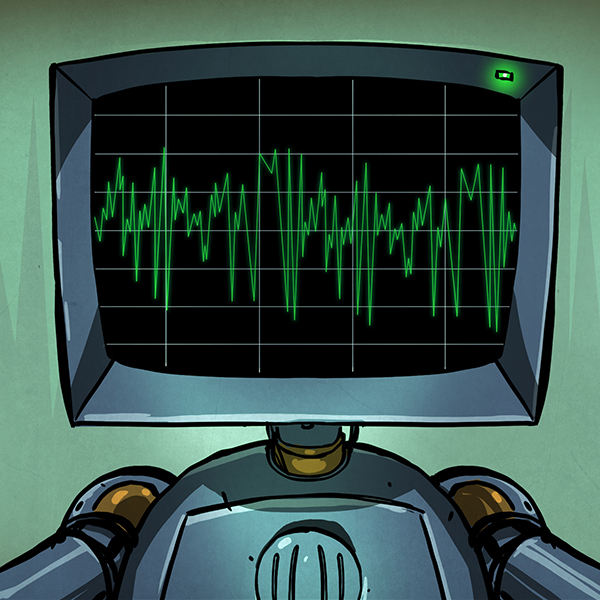If you want to log voltages or resistance these days, no problem. You can buy a multimeter with Bluetooth for a hundred bucks, and if you’re really fancy you can spring for the Fluke with a graphical display that will log values automatically. Things weren’t always this cheap and easy, but there was always a way to do it.
Back in the 80s, HP had GPIB, or HP-IB, or IEEE-488 connectors on the back of their benchtop equipment. This was an 8-bit interface not unlike a parallel port that allowed for remote control of test equipment. In a great demonstration of what this was actually like, [AkBKukU] posted a video of connecting an old benchtop multimeter to a vintage computer over GPIB.
The computer used for this feat of retrotechtacularness is an HP Series 80, a footnote in the history of desktop computers, but it does have a custom CPU and BASIC in ROM. As you would expect from vintage HP gear, there are a few slots on the back of the computer for connecting interface boxes, including a modem, a speech synthesizer, and of course, an HP-IB interface that can speak IEEE-488.
With the multimeter connected to the computer over the daisy-chainable parallel interface, it was a simple matter of writing a little bit of BASIC to read a potentiometer and a thermistor. With a little bit more code, this computer can even produce a graph of the resistance over time. This is data logging like it’s 1982, and it’s a fantastic example of exactly how far we’ve come.

